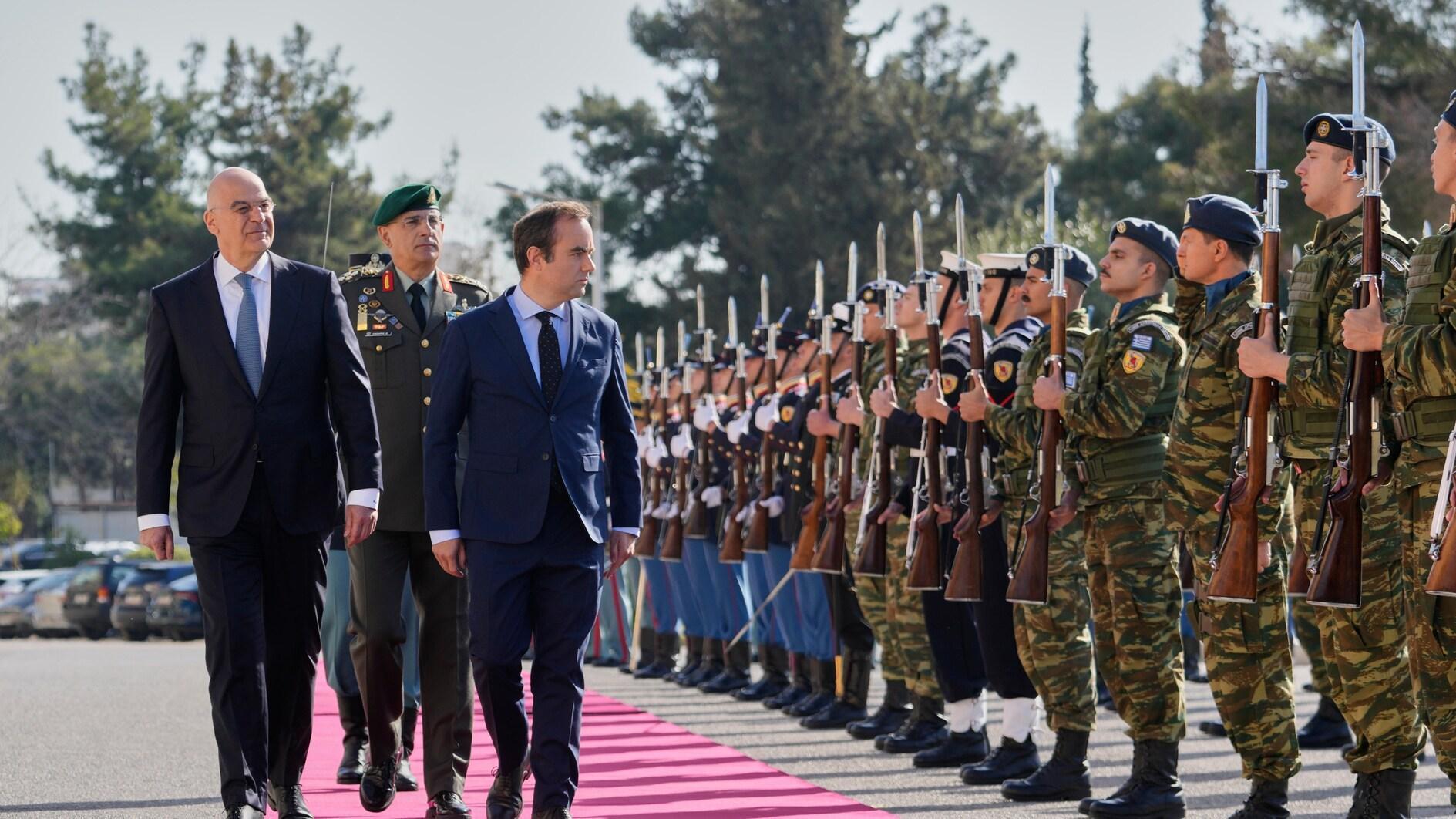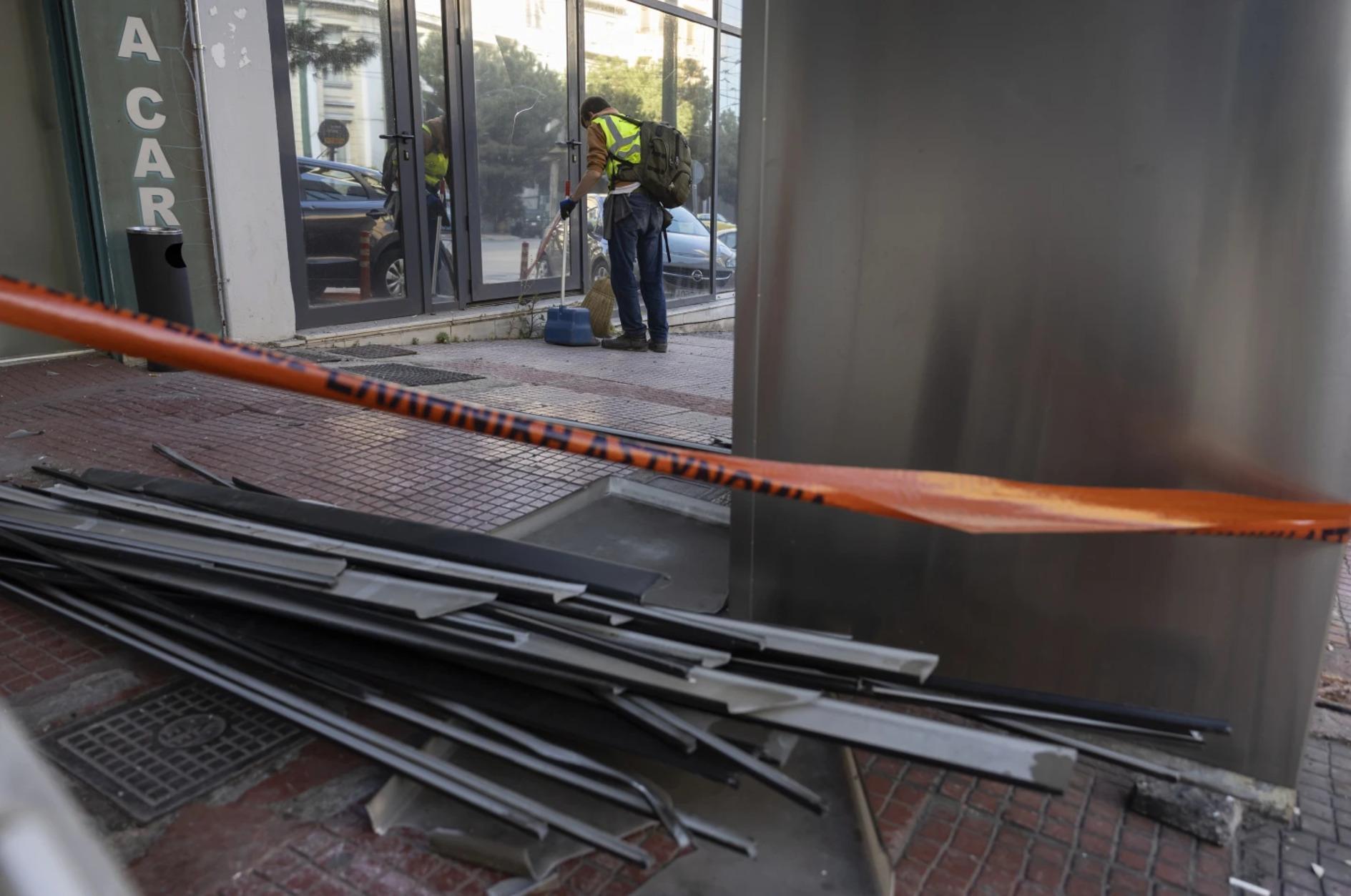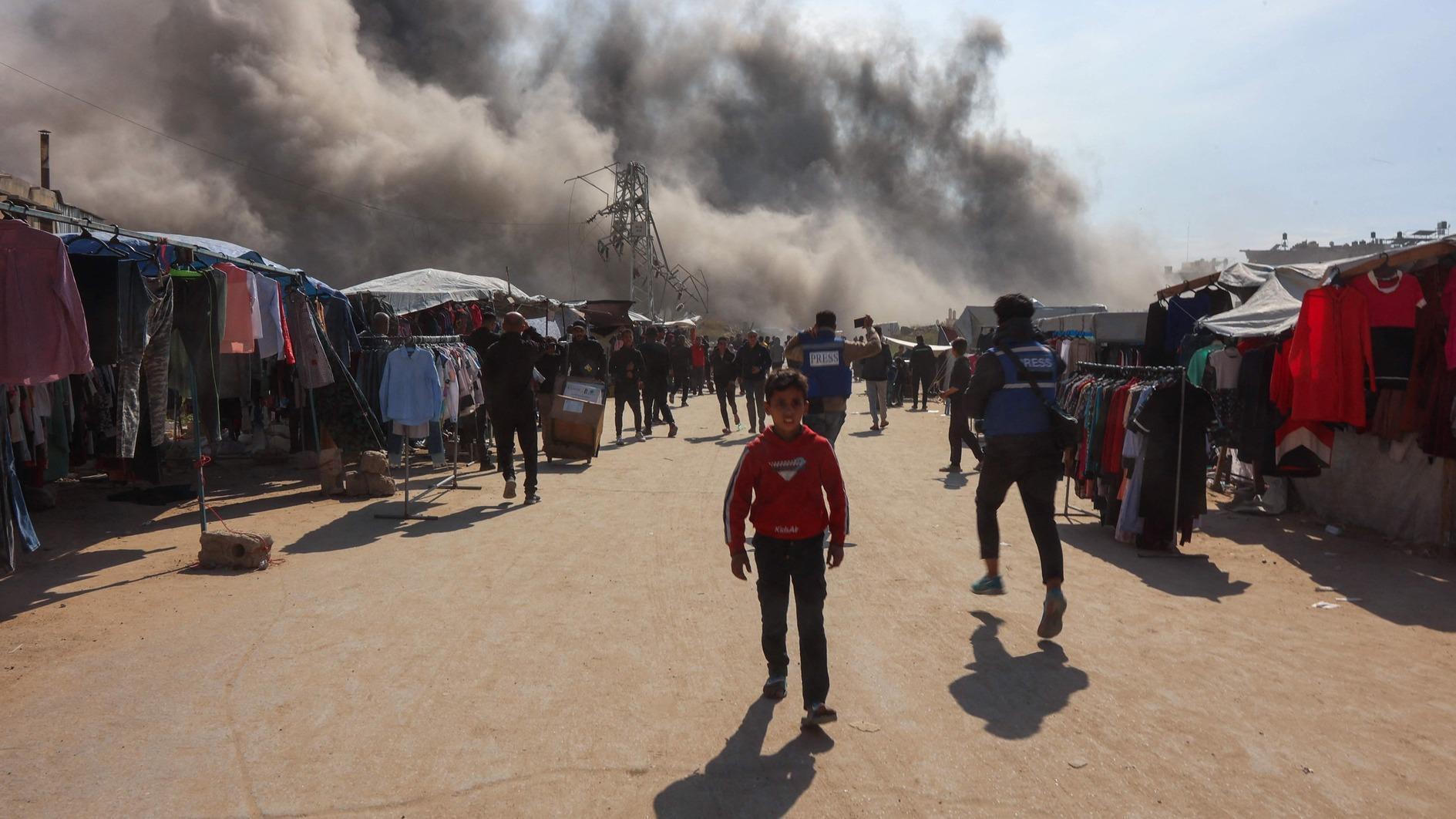Quo Vadis in negotiations with Iran?
The negotiations between Iran and the P5+1 group of countries, that is, the five permanent members of the United Nations Security Council plus Germany, regarding Iran’s nuclear enrichment program was extended on Monday for another seven months, just hours before the deadline.
Though the negotiators had maintained their optimism throughout the negotiations, even casual observers were able to see that a deal would not be forthcoming by Nov. 24. The extension will surely provide additional time to negotiators to finalize a framework agreement by March 2015 before they use the subsequent three months to hammer out the last details and technical difficulties. However, there is not much ground for optimism about the possibility of reaching a final deal in the next seven months.
Since the disclosure of Iran’s nuclear activities in August 2002, international actors have been trying to find a way to dissuade Iran from its nuclear ambition. A breakthrough in the form of an interim deal came on No. 24, 2013, but the negotiations since then have not produced an enduring accord.
The divergences between the parties regarding the transparency, timing and the scale of the future Iranian nuclear program have complicated negotiations. For example, Iran has refused to dismantle any of its existing centrifuges and is continuing to add more while the negotiations continue, as the U.S. seeks first to suspend expansion before limiting the number of the centrifuges to a few thousand with a tight monitoring system.
Above all, there is a huge trust deficit between the West and Iran. Many believe that Iran is using negotiations as a cover to continue its research and development activities. Meanwhile, Iranians believe that the U.S. is using Iran’s “peaceful” nuclear program as an excuse to put pressure on its regime. There are other obstacles ranging from domestic pressure by hardliners both in the U.S. and Iran to international pressure from Israel to the Gulf states. Thus, it would be rather optimistic to expect a radical change in the dynamics of the disagreement in the coming months. On the contrary, conditions might get even more difficult as an extension further strengthens the hands of hardliners.
In the U.S., with the recent midterm elections, the Republicans took the control of both houses of Congress. They will try to impose additional sanctions on Iran. While U.S. President Barack Obama has executive powers to relieve part of the sanctions, he needs Congress’ support to lift them permanently. In Iran, President Hassan Rouhani has been facing heavy criticism because of his attempt to deal with the U.S. His opponents have blamed him for giving undue concessions to ease sanctions.
The regional actors on the other hand, like Israel and Saudi Arabia, are still reluctant and suspicious about the rapprochement between the U.S. and Iran. They will continue to monitor negotiations and will try to shape any deal between the two countries, as they do not trust Iran. They are keenly aware that the integration of Iran into the international system will have serious impacts on regional dynamics, especially if Iran develops a nuclear capacity. The Obama administration has already announced its intention to cooperate with Iran in fighting against the Islamic State of Iraq and the Levant (ISIL). Such cooperation will increase Iran’s presence in the region considerably.
Yet, despite the difficulties, a deal with Iran will help bring stability to the Middle East. Although it would also certainly change the balance of power in the region, dealing with a willing Iran would be much easier and more favorable than a nuclear Iran with a grudge. A seven-month extension might not be enough to resolve the standoff between the West and Iran, but it is still worth a try.











